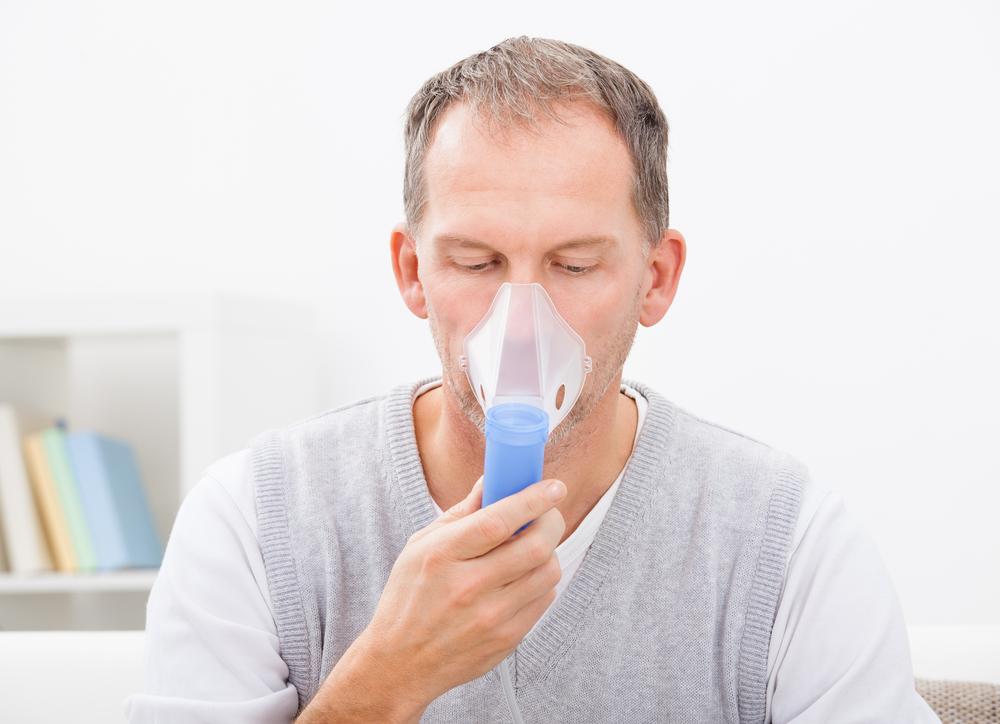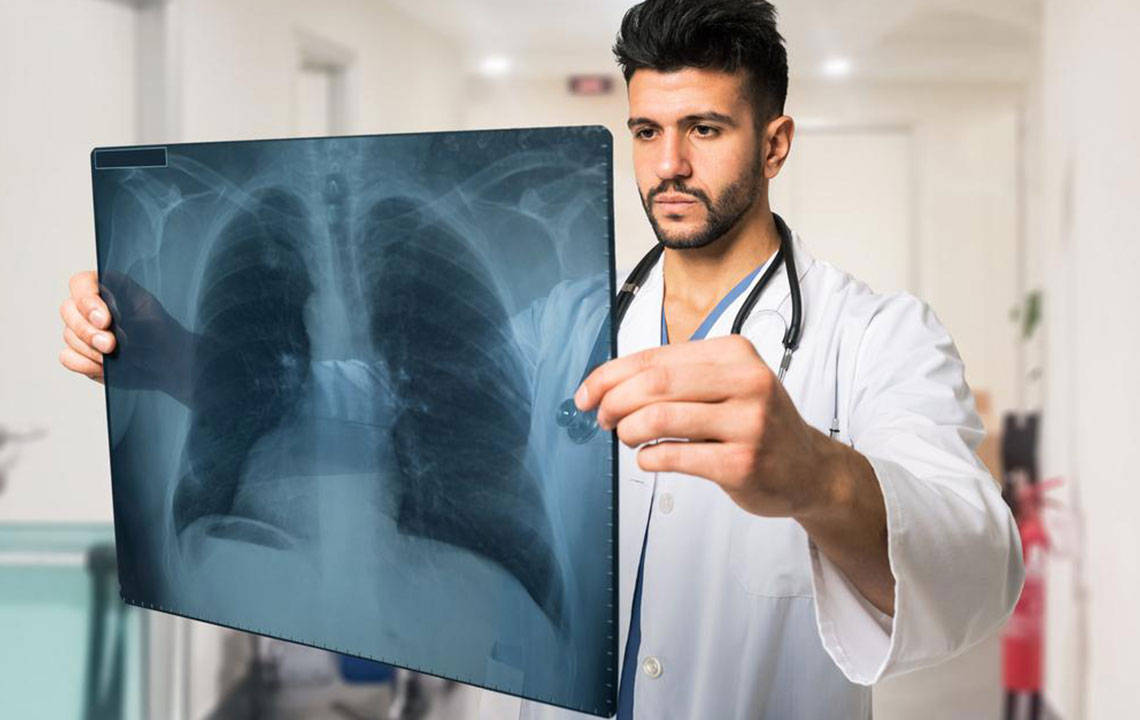Comprehensive Guide to Pulmonary Fibrosis: Causes, Symptoms, and Modern Treatment Strategies
Pulmonary fibrosis is a serious lung disease marked by lung tissue scarring, leading to breathing difficulties. This comprehensive guide explores its causes, symptoms, diagnostic approaches, and current treatment options, including medications and lung transplants. Early detection, lifestyle adjustments, and advanced therapies are crucial for managing the disease effectively and improving patients’ quality of life. Understanding these aspects enables better disease management and enhances survival prospects for those affected by this progressive condition.

Comprehensive Guide to Pulmonary Fibrosis: Causes, Symptoms, and Modern Treatment Strategies
Pulmonary fibrosis is a chronic and often progressive lung disorder characterized by the thickening and scarring of lung tissue. Over time, this scarring makes the lungs less flexible, disrupting normal oxygen transfer into the bloodstream. This impairment results in significant breathing difficulties and reduced oxygenation, which can have a profound impact on daily life. Once lung tissue is damaged by fibrosis, the process tends to be irreversible, making early detection and prompt intervention crucial. This condition falls under the broader category of Interstitial Lung Diseases (ILD), a group of disorders marked by pulmonary scarring. Understanding its causes, symptoms, and available treatment options is vital for managing the disease effectively and improving patients’ quality of life.
In this comprehensive guide, we delve into the intricacies of pulmonary fibrosis, exploring its causes, clinical manifestations, diagnosis, and the latest therapeutic approaches. While the prognosis varies among patients, timely medical care can significantly influence disease progression and survival rates. Early intervention, lifestyle modifications, and advanced therapies can help manage symptoms and potentially extend lifespan, making awareness and education essential for patients and caregivers alike.
Recognizing Pulmonary Fibrosis Symptoms
The symptoms of pulmonary fibrosis can vary widely based on the severity and progression of the disease. They often develop gradually and can be mistaken for other respiratory conditions. Accurate early diagnosis is key to managing the disease effectively. Symptoms are generally categorized into four stages: mild, moderate, severe, and very severe, reflecting the degree of lung impairment.
Common signs and symptoms include:
Persistent Shortness of Breath: Often the initial symptom, patients typically notice difficulty breathing during physical activities such as climbing stairs or walking uphill. As the disease advances, even resting breathing may become labored.
Chronic Dry Cough: A lingering cough that doesn't produce mucus and persists over weeks or months.
Fatigue and Weakness: Patients often experience a sense of tiredness that isn't relieved by rest, limiting daily activities.
Chest Discomfort or Pain: Some individuals report mild pain or a feeling of tightness in the chest area.
Reduced Appetite and Weight Loss: As breathing becomes more difficult, appetite may decline, leading to unintended weight loss.
Muscle and Joint Pain: Non-specific symptoms that can accompany systemic inflammation.
Cyanosis and Digital Clubbing: In advanced stages, low oxygen levels may cause a bluish tint to lips and fingertips, and clubbing of fingers and toes can develop.
Understanding Idiopathic Pulmonary Fibrosis (IPF)
In some cases, the cause of pulmonary fibrosis remains unknown. This form, called Idiopathic Pulmonary Fibrosis (IPF), develops spontaneously without identifiable environmental, genetic, or systemic triggers. IPF typically manifests in older adults and follows a persistent, progressive decline in lung function. Recognizing the signs early and differentiating IPF from other interstitial lung diseases is vital for managing treatment options effectively.
Causes and Risk Factors of Pulmonary Fibrosis
Identifying the causes of pulmonary fibrosis helps in understanding its pathogenesis and potential preventive measures. The main factors implicated include:
Connective Tissue Disorders: Autoimmune diseases such as rheumatoid arthritis, systemic sclerosis (scleroderma), and polymyositis can induce immune-mediated damage to lung tissue, leading to fibrosis. These conditions often involve systemic inflammation that targets multiple organs, including the lungs.
Environmental and Occupational Exposures: Long-term inhalation of hazardous substances is a significant risk factor. Exposure to asbestos fibers, silica dust, coal dust, or toxic gases like nitrogen oxides or sulfur dioxide can cause direct lung injury. Workers in construction, mining, and manufacturing industries are particularly vulnerable.
Genetic Predisposition: A family history of pulmonary fibrosis increases the likelihood of developing the disease, with autosomal dominant inheritance patterns observed in some cases. Genetic mutations affecting lung tissue repair and self-renewal contribute to disease susceptibility.
Gastroesophageal Reflux Disease (GERD): Chronic acid reflux can lead to micro-aspiration of gastric contents into the lungs, causing repetitive injury and inflammation, which over time promotes fibrosis.
Current Treatment Options and Emerging Therapies
Although pulmonary fibrosis is generally considered irreversible once scarring occurs, ongoing research and clinical advances have introduced therapies aimed at slowing progression, alleviating symptoms, and improving quality of life.
Oxygen Therapy: Administered via nasal cannula or mask, supplemental oxygen supports blood oxygen levels, reduces pulmonary hypertension, and alleviates symptoms like shortness of breath, especially during exertion.
Pharmacological Treatments: Anti-fibrotic drugs such as pirfenidone and nintedanib have been approved for IPF. These medications can slow disease progression, reduce the rate of lung function decline, and extend survival.
Lung Transplantation: For eligible patients, lung transplantation remains the most effective option to replace severely damaged lungs. Success depends on the patient's overall health, age, and availability of donor organs.
Pulmonary Rehabilitation: A multidisciplinary approach involving exercise training, education, and psychological support that helps patients optimize lung function and cope with the disease.
Managing Pulmonary Fibrosis Effectively
Alongside medical treatments, patients can adopt various lifestyle strategies to enhance their health outcomes:
Engage in gentle, physician-guided exercises to improve breathing efficiency and overall fitness.
Maintain a balanced, nutritious diet rich in antioxidants and anti-inflammatory foods.
Avoid environmental irritants and occupational hazards to prevent further lung damage.
Seek emotional and social support through family, support groups, or mental health professionals.
Regular follow-up appointments with healthcare providers to monitor disease progression and adjust treatments accordingly.
The outlook for pulmonary fibrosis varies, influenced by factors such as age at diagnosis, severity of lung impairment, response to treatment, and presence of comorbidities. Early diagnosis and comprehensive management can significantly improve quality of life and extend survival, highlighting the importance of awareness and proactive healthcare.





